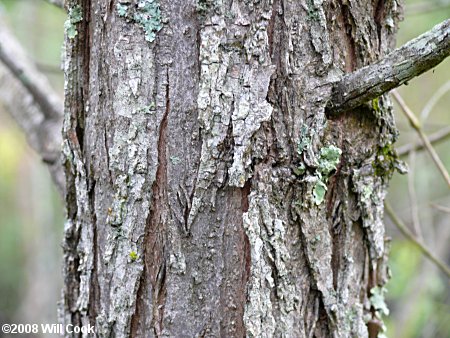
Bark of Salix nigra (Copyright W. Cook)


Twigs of Salix caroliniana (coming soon)

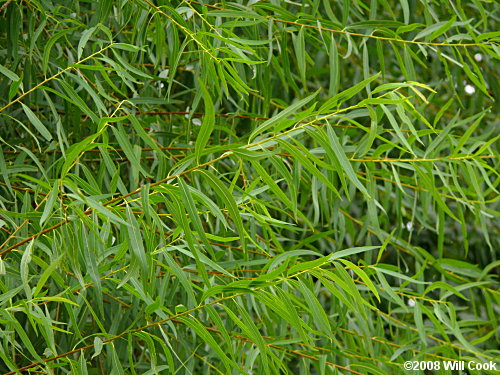
Leaves of Salix nigra (Copyright W. Cook)

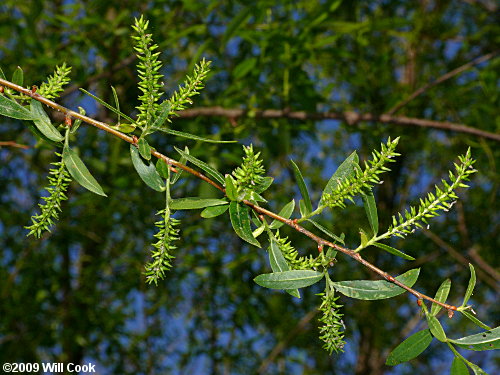
Leaves and flowers of Salix nigra (Copyright W. Cook)

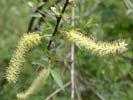
Flowers of Salix nigra (Copyright W. Cook)

Flowers of Salix nigra (Copyright W. Cook)
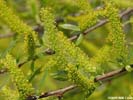
Flowers of Salix nigra (Copyright W. Cook)
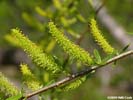
Flowers of Salix nigra (Copyright W. Cook)
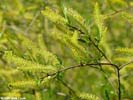
Flowers of Salix nigra (Copyright W. Cook)
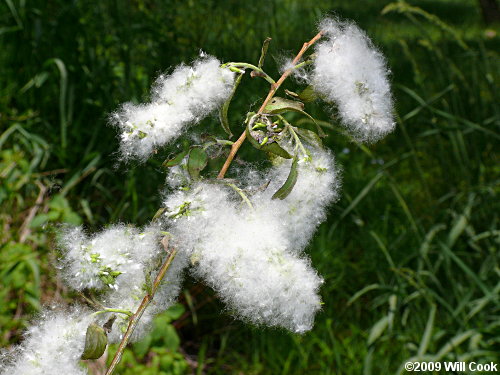
Exposed cottony seeds of Salix nigra (Copyright W. Cook)

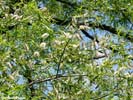
Exposed cottony seeds of Salix nigra (Copyright W. Cook)
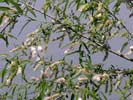
Flowers and fruits of Salix nigra (Copyright W. Cook)
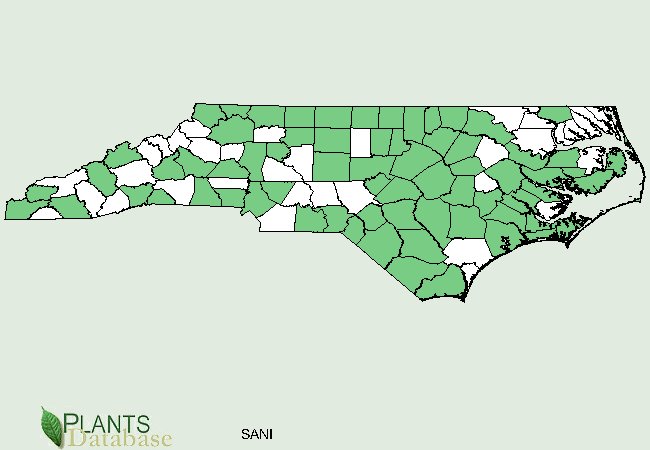
N.C. distribution of Salix nigra


U.S. distribution of Salix nigra
Salix nigra (Black willow)
(Common; riverbanks, sandbars, other moist areas; Mt, Pd, CP; Fl: Mar-Apr)















